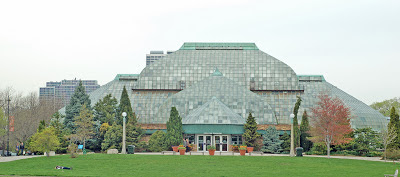Dedicated to the students who travel with Randall Honold and me to Wicklow, West Kerry, and Connemara, this summer, following in the footsteps of Synge.
Seeking company was, therefore, one of my reasons for taking afternoon bicycle rides through the mountainy countryside surrounding the park and when I could I’d chat greedily with farmers standing at the edges of their fields. The occasional walker would also stop and turn on hearing my bicycle approach and would say a word or two to me about the weather. It was oftentimes quite warm on those summer afternoons though, not infrequently, an immeasurable bank of gauzy cloud would roll in from the north Atlantic and obscure the sun. At that time I conjectured that the fine-grained nature of the Irish countryside, the fact that one could see every speck at a distance, every flower popping out from among grassy bog, was because of the immense amount of moisture in the air. Everything in Ireland is viewed through a million wet lenses. I talked one late afternoon in July of 1987 with a farmer who had stopped from his labor to drink cold tea from a little glass bottle. More often than not though the little back roads in Donegal were deserted.
One afternoon I rode an ambitious route which brought me closer to the sea. Many years later I drove those roads with my father, and he and an aging fisherman from Bunbeg assessed my father’s Irish, the latter by glances of incomprehension, as they both looked out on the waves. As I rode my bicycle through one of those small villages back in 1987 a dog who took especial umbrage at me on my bicycle worried me quite persistently. I sped up as best I could with him nipping viciously at my heels. The dog knew the terrain better than I, of course, and as we passed by a house close to the edge of the village he ran up on an embankment at end of the garden. Within a moment of two he was running level with my head. I assumed he was about to take a flying leap at me but he left off the chase, the knowledge of his victory being, it would seem, enough to satisfy him.
Later that afternoon I puffed my way up an especially steep boreen. The afternoon was hot and the birds were quiet in the recesses of the hedges. The road eventually defeated me and I dismounted and pushed my bike up the hill. I walked by a little house at the garden gate of which a woman stood and looking out upon the road. I hello-ed her and she mutely greeted me. I continued on my way. As I made my way to the summit of the little hill I felt a thud on my shoulder and then heard a series of sharp clacks upon the tarmac road. Someone was throwing stones at me. Looking back I saw a small besuited man who had appeared at the door of the house. He bent down to pick up another handful of pebbles and loosed them in my direction. The woman-of-the-house maintained her stance, though now looked in my direction. After my first yelp, none of us uttered a thing. I worked my way up the hill, as one does in a nightmare where one laboriously runs to slow avail. Stones, close by, rained down. On gaining the top of the hill I jumped back on the bicycle and sped off downhill and away from my assailant. Later that day I made my way back to the park by another route and was unmolested by neither man nor dog.
That’s the story! That’s the story!
Read on at 3quarksdaily




















